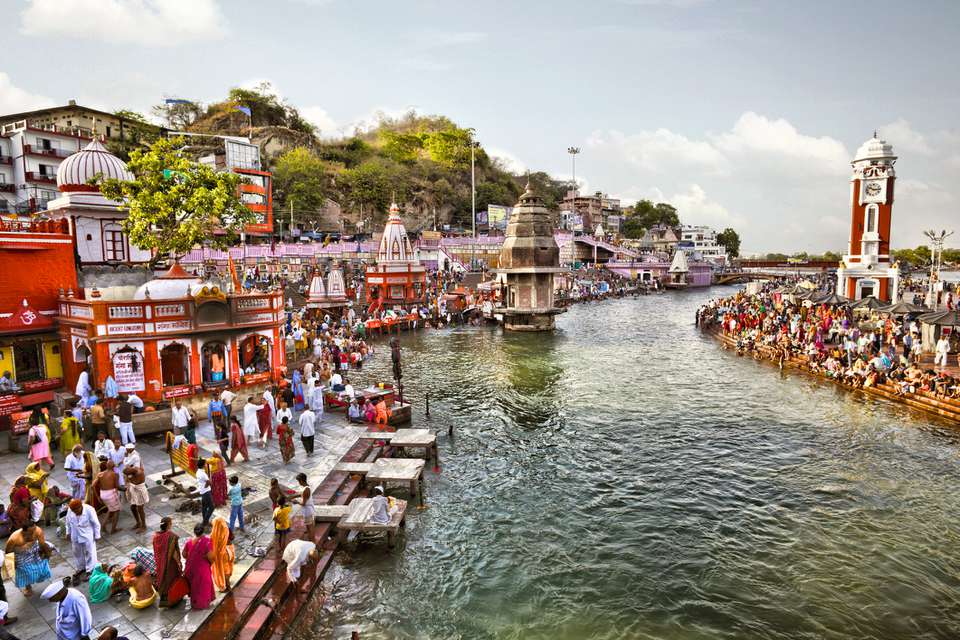Economical
A Manmade Disaster
Despite the passage of time after the horrific Kedarnath accident in June of last year, there is still no clarity on the causes. Extremely heavy rains, according to the India Meteorological Department, were to blame. The statistics, on the other hand, tell a different narrative. On June 17th, rainfall was recorded at the following measuring stations in the Kedarnath area: Chamoli 76 mm, Joshimath 114 mm, Tehri 169 mm, Jakholi 108 mm, and RudraPrayag 92 mm. In comparison, Mukteshwar experienced 237 mm of rain, Bambasa 230 mm, Champawat 222 mm, and Uttarkashi 207 mm in Uttarakhand. On that day, nearby Himachal Pradesh regions saw even more rain: Chhachrauli and Bilaspur both recorded 270 mm of rain. Residents in the neighbourhood confirmed that the rainfall over those three catastrophic days was nothing out of the ordinary. This type of rainfall has occurred on several occasions. As a result, we can conclude that excessive rainfall was not the culprit.

Energy: Not at the expense of land
The Planning Commission declared hydropower to be the cleanest source of energy in its 2006 Integrated Energy Policy Report because it did not result in the emission of Green House Gases, did not degrade the quality of flowing waters, and did not have the problem of solid waste disposal that thermal and nuclear energy did. With the recent spike in oil prices, hydropower has become even more appealing to our planners.
Kumbh pushes up economic growth
Thousands of people flock to the Kumbh with good intentions. These thoughts are absorbed by the Ganga’s water. These mental vibrations are communicated to the pilgrim’s inner consciousness while he or she bathes in the Sangam. This takes place without his knowledge. The pilgrim’s soul becomes clean and pure. His level of mental acuity rises. A shopkeeper may be sitting morosely. He is unhappy: ‘There are no customers. Taxes have to be paid.’ If he takes a dip in the Kumbh, he might return highly rejuvenated. He would get back into business with vigour. This would result in increased economic activity.
But how can you evaluate Kumbh’s contribution?
To accomplish so, I conducted a study of pilgrims who had gone to DevPrayag, Rishikesh, and Hardwar to take a dip in the Ganga before crossing the Tehri Dam. Taking a dip provided mental tranquility to 77 percent of pilgrims. After the last time they came here, 26% claimed they obtained health benefits, 14% said they improved their business, 13% said they got a child, 13% said they got a job, and 9% said they improved their grades.
I attempted to calculate the value of the psychic charges lost as a result of the construction of the Tehri Dam. Pilgrims were asked to assign a monetary value to the benefits they received by dipping in the Ganga. The cost per pilgrim was estimated to be Rs 51,000. Then they were questioned how far this benefit had improved or declined since their previous visit prior to the construction of the Tehri Dam. Because of the lower quality of the water, 80 percent of pilgrims believed the advantages had dropped. 20% indicated the advantages had increased as a result of the greater flow during the winter and summer. The advantages were estimated to have decreased by roughly 25%, or Rs 13k per pilgrim, because of the construction of the Tehri Dam. By multiplying this with the number of pilgrims, I’ve calculated that the annual loss to people from the construction of the Tehri Dam is over Rs 5,000 crores.
In comparison, the benefits of energy generation from the Tehri Dam are minor. Every year, approximately 270 crore units of electricity are produced. According to a TERI study, the ‘willingness to pay’ for electricity is approximately Rs 6.9 for industrial consumers and Rs 3.7 for farmers. We estimate a net benefit to these consumers of about Rs 2 per unit after deducting the purchase price of Rs 5 and 2 respectively. The annual benefit from Tehri Dam electricity generation is thus around Rs 540 crore. This is roughly one-tenth of the benefit that could be obtained by removing the Tehri Dan and utilising the Ganga’s psychic powers.
